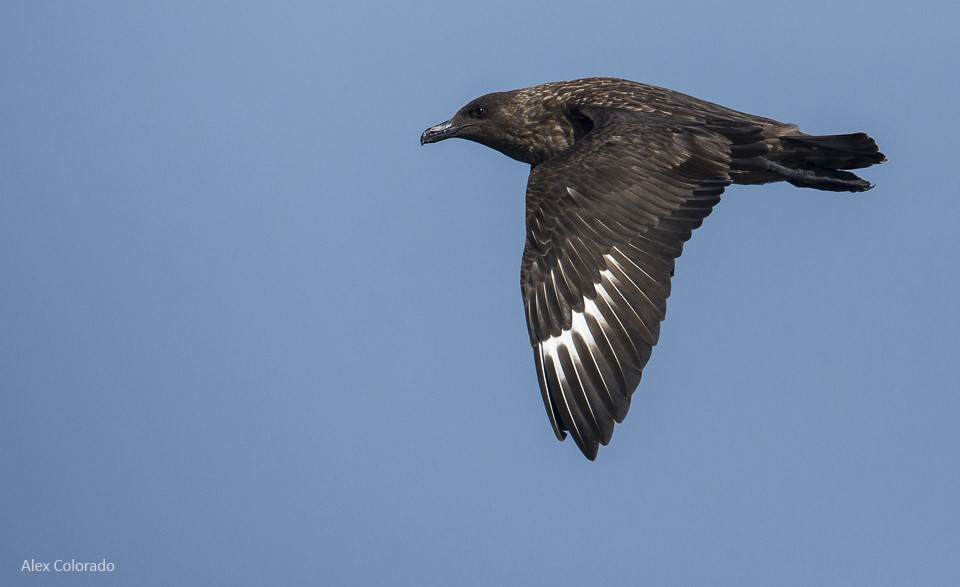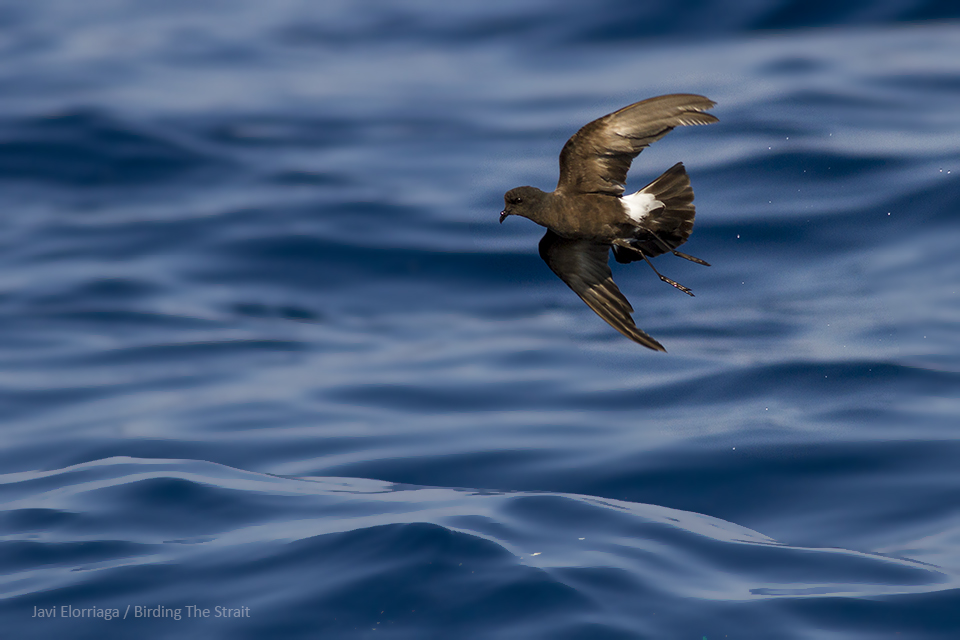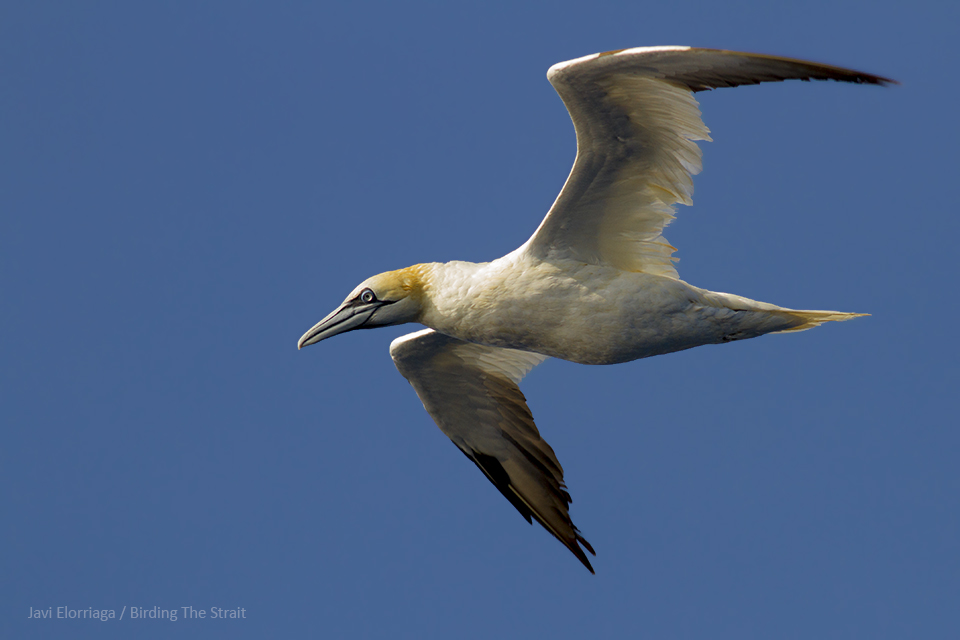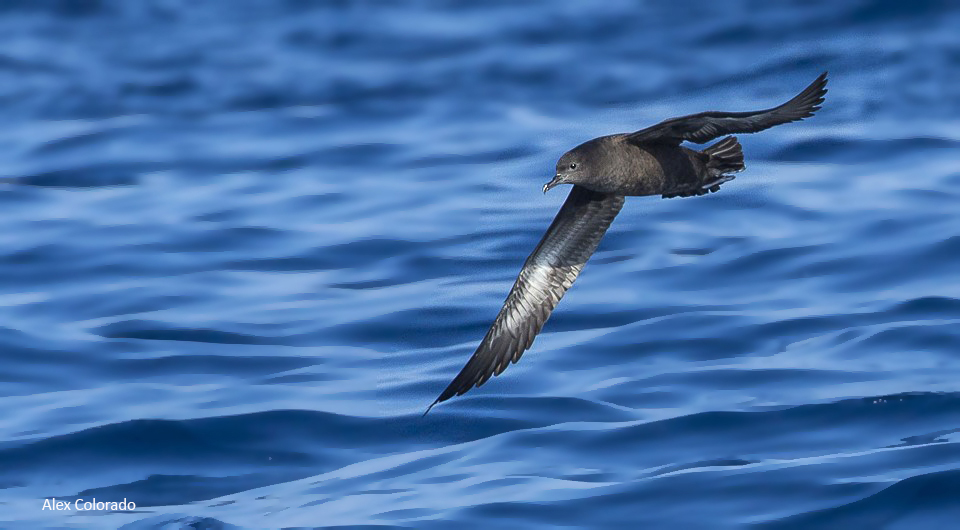
Pelagic birding in Cadiz receives little attention. To a large extent this has been eclipsed by raptor migration and whalewatching. Only in recent years, local birders have started to organize especially dedicated pelagic birding trips in the Gulf of Cadiz. Remarkably, these have shown to be highly satisfactory and increasingly popular! For this reason, in Birding The Strait we feel it is the right time to include it on our list of top birding experiences and organize Pelagic Birding Cadiz Trips.
Why in the Gulf of Cádiz?
The Gulf of Cadiz is an important site for migrating and wintering seabirds. Nonetheless, a significant part of it has been included within Birdlife’s Marine Important Bird and Biodiversity Areas (Marine IBA) inventory.

The number of days with calm wind and flat sea in the Gulf is significantly larger than in the Strait of Gibralar, for instance. Moreover, marine traffic and sea currents are much more reduced here. Above all, the Gulf of Cadiz is the most important feeding area for seabirds in the region. This way, we can affirm that when it comes to pelagic birding The Gulf of Cadiz is the place.
Some of the most representative species include notable concentrations of the critically endangered Balearic Shearwater, Cory’s and Scopoli’s Shearwater, Great, Arctic and Pomarine Skua, Northern Gannet, European Storm-Petrel, Common and Sandwich Tern, Audouin’s Gull, etc.

However, the most sough-after seabirds are those that rarely approach the coast: Great Shearwater, Sooty Shearwater, Wilson’s Storm-Petrel and Sabine’s Gull. Thanks to the recently increased pelagic birding efforts in Cadiz, the records of these “rare” species are rapidly growing.

Certainly, there is still a lot to learn and discover in terms of pelagic birding in Cadiz and this is always a good moment to expect the unexpected!
Chumming, the dirty work
Chumming refers to the use of discarded fish parts to attract seabird and facilitate lengthy views. Much has been wrote on the best strategy for “chumming” in pelagic birding. It should be considered a science on its own, indeed!

Back in 2012 and 2013 we guided several pelagic trips off Tarifa with SEO/Birdlife. The use of chumming proved effective to attract the otherwise highly overlooked Wilson’s Storm-Petrel. More recently, we have joined pelagic birding excursions in the Gulf of Cadiz. Here, different techniques of chumming have played the key role in attracting Shearwaters, Terns, Petrels, Gannets and Skuas.

Pelagic Birding Cadiz Trips: join us next October
October is an excellent time for pelagic birding in Cadiz. Many of the locally wintering species will have already reached the Gulf of Cadiz, while a big number of migrants will cross it on their way to their Atlantic wintering quarters.

A regular pelagic birding trip in the Gulf of Cadiz lasts approximately 5 hours for a round trip of 25 miles. We will be using a very comfortable boat with capacity for 12 people including the crew.
If you are interested in joining us in our Pelagic Birding Cadiz Trip next October, contact us and we will keep you updated with dates and further details.
… and don’t worry, we will be in charge of the chumming!